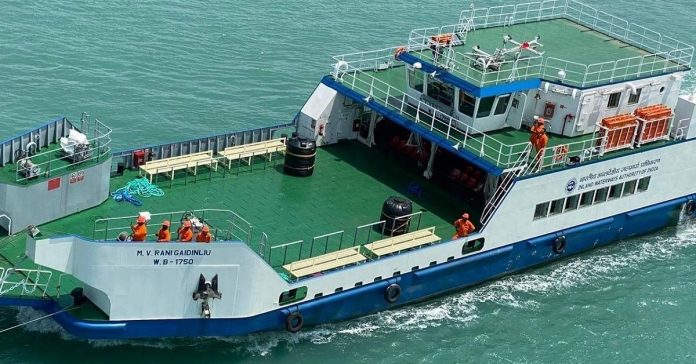Hello People!
Today, we shall discuss the Inland Vessel Bill in detail. We’ll let you know about why the bill was passed, how the bill will affect the inland waterways in India and other key facts.
The Union Cabinet gave approval to the Inland Vessel Bill on 16 June, 2021. This new bill will replace the Inland Vessels Act, 1917 if approved in the Parliament.
WHY THE BILL IS PASSED?
The Inland Vessel Bill, 2021 will promote economical and safe transportation as well as trade through inland waterways. The Bill will make provisions for safe navigation, protection of cargo, and prevent pollution caused during the use of inland vessels. It will help in streamlining and regulating inland vessels running across the inland waterways in the country. The Bill will also regulate safety, security and registration of inland vessels.
KEY FEATURES OF THE BILL
- Bill provides a unified law across the country instead of separate rules.
- There will be no need to seek separate permissions from the States on the certificate of registration granted under this proposed law.
- Provides a central database for recording the details of vessel, vessel registration, and crew on an electronic portal.
- The non-mechanically propelled vessels will be required to be registered at the district, taluk or panchayat or village level as well.
- The bill enlarges the scope of ‘inland waters’, by including tidal water limit and national waterways declared by the Central Government.
- It takes into account pollution control measures as well. It directs the Central Government to designate a list of chemicals, substances, etc. as pollutants.
INLAND WATER TRANSPORT IN INDIA (IWT)
- India has about 14,500 km of navigable waterways which comprises of rivers, canals, backwaters, creeks, etc.
- 4,000 km of inland waterways are operational in the country.
- About 55 million tons of cargo is being moved annually by Inland Water Transport (IWT).
- The Inland Water Transport (IWT) in the country is fuel-efficient and environment-friendly.
- 111 waterways have been declared as National Waterways as per the National Waterways Act 2016.
- India has constantly been taking up initiatives for the development of waterways and water transport in the country. A few of these include:
- Sagarmala Project – Launched in 2015. The project also aims to boost infrastructure for transporting goods to and from ports quickly, efficiently, and cost-effectively.
- Jal Marg Vikas Project (JMVP) – Announced in the Union Budget of 2014, the project is implemented by the Inland Waterways Authority of India (IWAI). It aims to develop the National Waterways of the country. It is financially supported by the World Bank and is expected to be completed by 31st December 2023
MINISTRY OF PORTS, SHIPPING AND WATERWAYS (MOPSW)
Minister – Mansukh Mandaviya
INLAND WATERWAYS AUTHORITY OF INDIA (IWAI)
IWAI came into existence on 27 October 1986. It was established for development and regulation of Inland waterways for shipping and navigation.
Headquarters- Noida, UP
With this we come to the end of this blog. We covered all the relevant details related to the Indian Vessel Bill 2021.
Stay tuned for more such articles.




